2023 Annual Report:
Museum and Historic Site Leaders Gather to Learn Together
During three days in Washington, D.C., leaders from museums and cultural institutions around the United States gathered to exchange insights about innovative and varied approaches to exploring religion and spirituality in their collections and exhibitions, education offerings and other public programs.
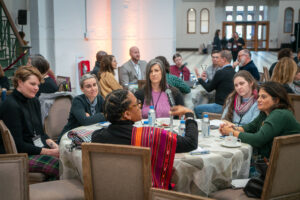 The Smithsonian Institution hosted the meeting, bringing together representatives from nearly 40 organizations that are participating in Lilly Endowment’s Religion and Cultural Institutions Initiative (RCII). The initiative’s aim: help museums, historic sites, libraries and other organizations across the nation strengthen their abilities to fairly and accurately portray the role that religion plays in the U.S. and around the world.
The Smithsonian Institution hosted the meeting, bringing together representatives from nearly 40 organizations that are participating in Lilly Endowment’s Religion and Cultural Institutions Initiative (RCII). The initiative’s aim: help museums, historic sites, libraries and other organizations across the nation strengthen their abilities to fairly and accurately portray the role that religion plays in the U.S. and around the world.
The Endowment made grants in 2020 and again in 2022 through two invitational rounds of RCII. In 2023, the Endowment launched a competitive third round of the initiative and anticipates making additional grants in 2024.
Curators, archaeologists, education specialists and museum and historic site administrators came from 17 states and the District of Columbia to participate in the three-day gathering. They represented fine arts museums, children’s museums, history museums devoted to distinct regions of the United States, and historic sites dedicated to the lives of indigenous people, early European settlers in North America and key figures in American history. They represented organizations documenting the narratives and experiences of enslaved people and their descendants, organizations that tell the stories of varied ethnic communities across the nation, and organizations rooted in the civil rights movement. There also were participants from organizations focused on World War I, the Holocaust and other historic events that have shaped the nation and the world.
“The field of religion, its interpreters and interpretations are quite vast,” said Erika Gault, director and supervisory curator of the Center for the Study of African American Religious Life at the National Museum of African American History and Culture. “There’s value, then, in bringing together a wide variety of voices to ensure that as many perspectives as possible are represented and engaged in our future narrative-making on religion and national dialogue on the same.”
Participants for the gathering toured galleries at the National Museum of African American History and Culture and the National Museum of American History. And they gathered for two days of panel discussions in the Arts and Industries Building.

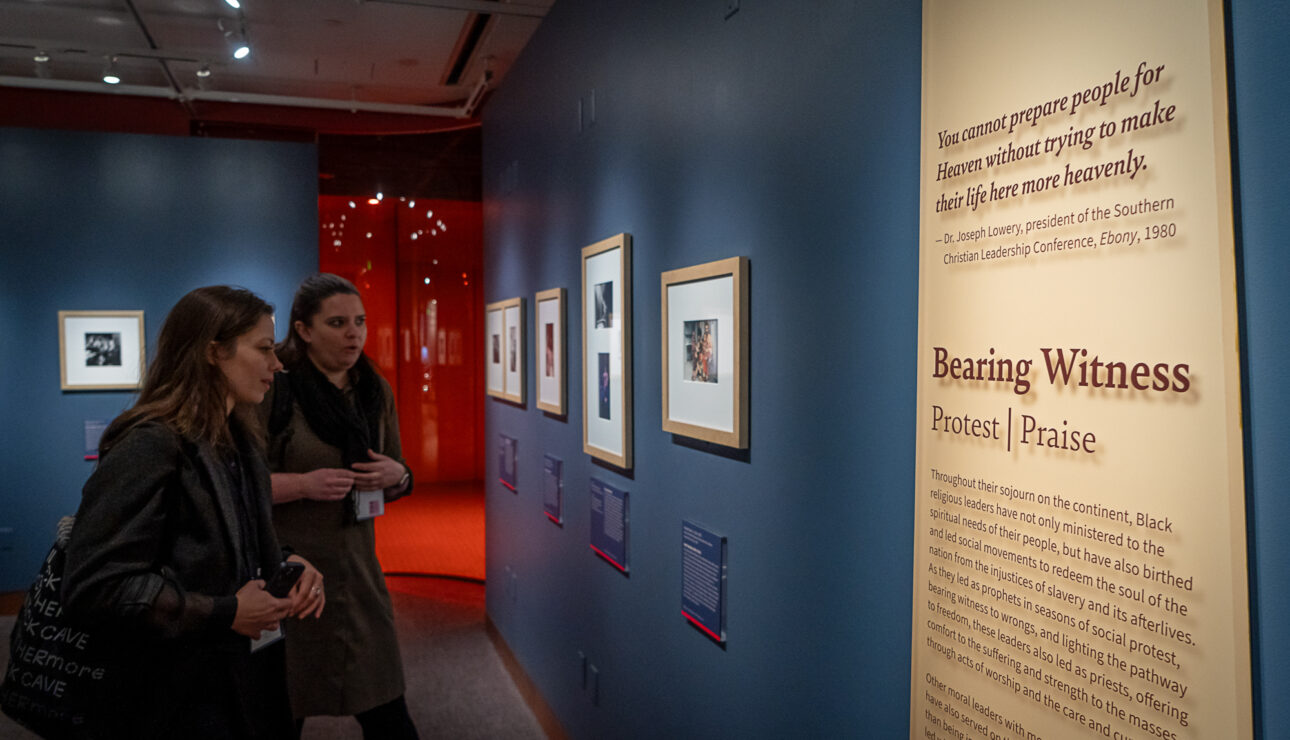
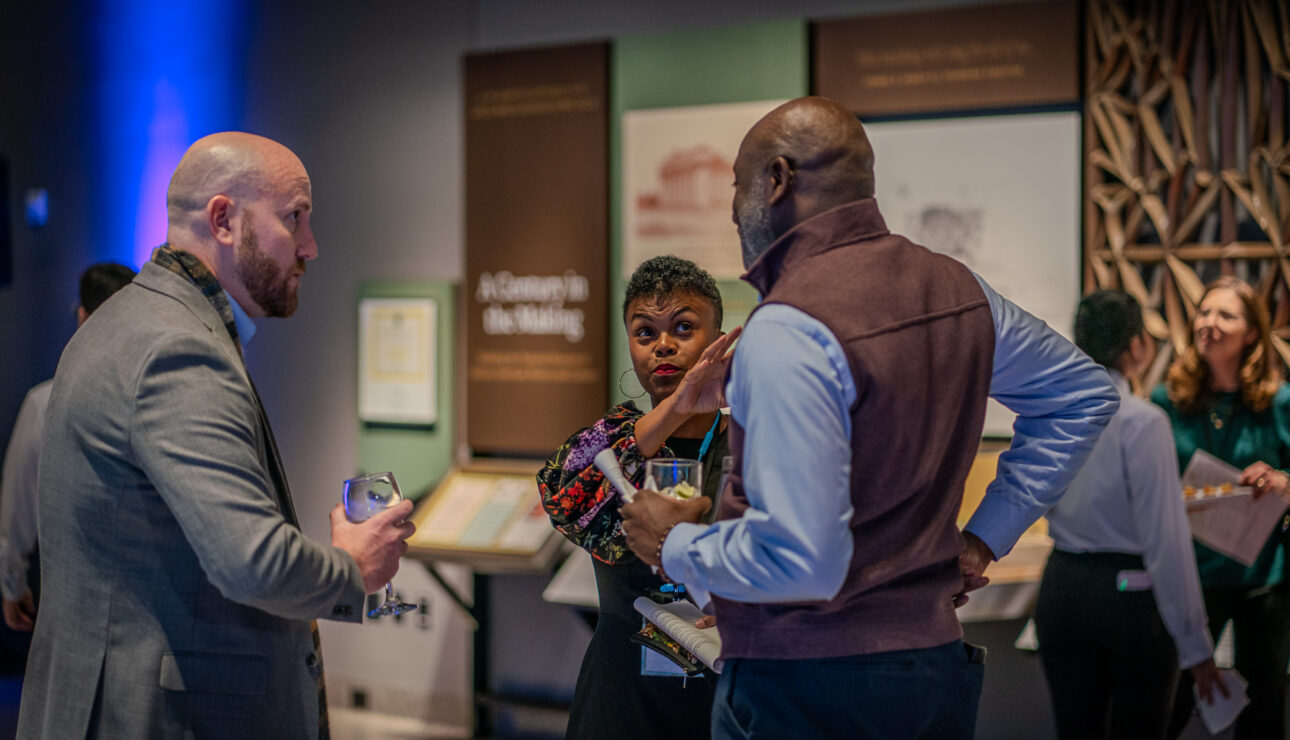
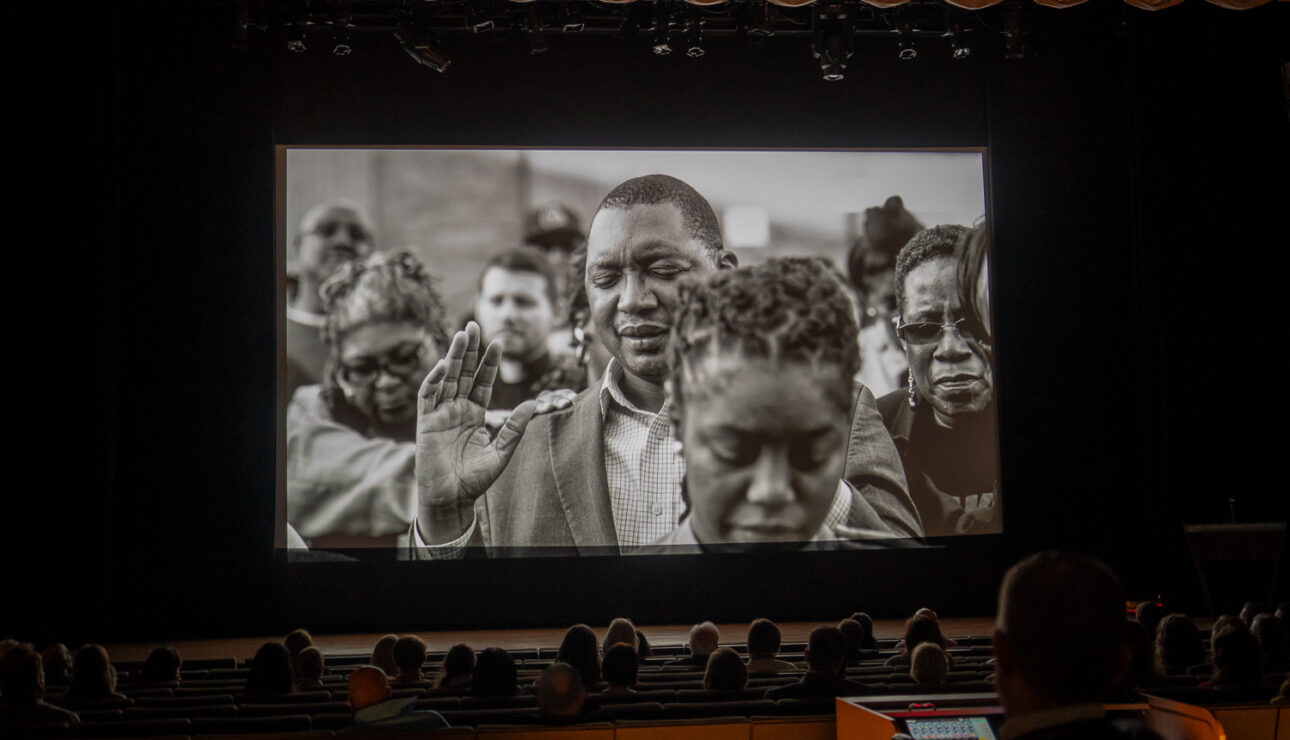
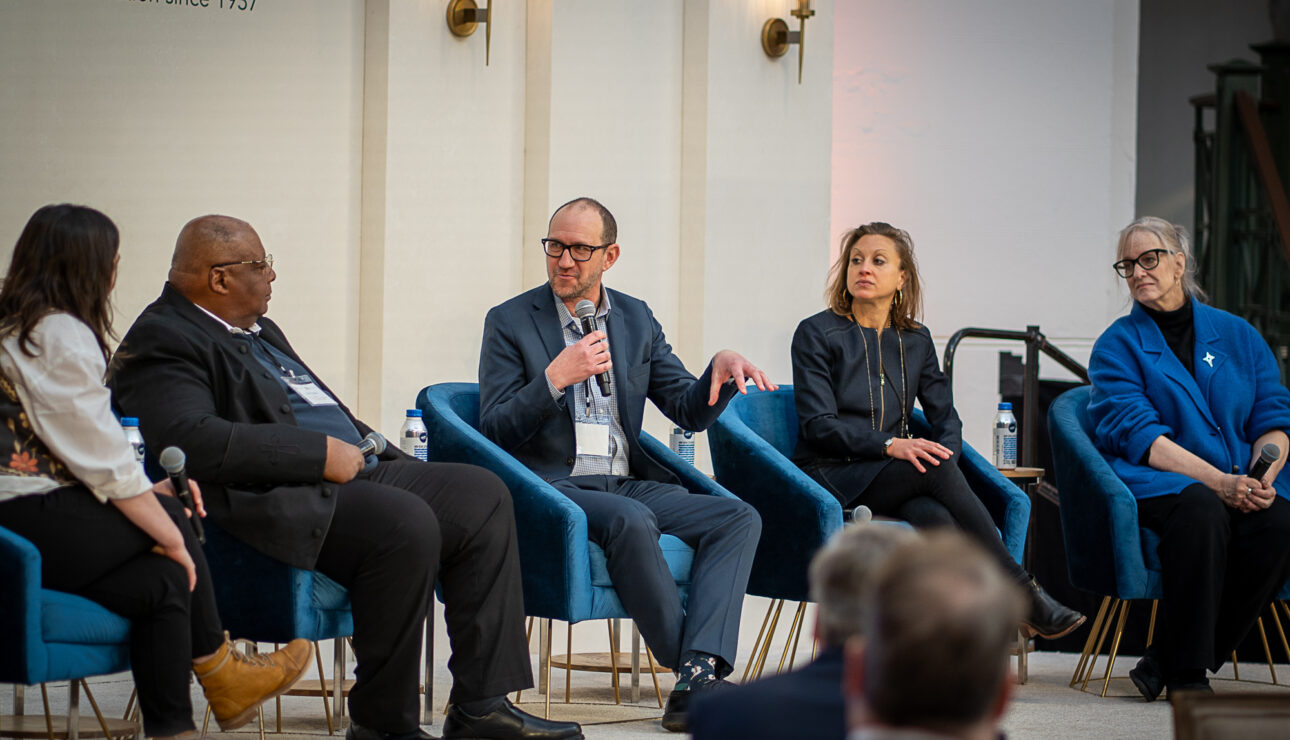

The Smithsonian sites on the National Mall in Washington were a fitting locale in which to gather, share stories of innovation, brainstorm about challenges and new ideas, and build community. That’s because the Smithsonian has been at the forefront of the Religion and Cultural Institutions Initiative, having received multiple grants since 2019 to support efforts at the Center for Folklife and Cultural Heritage, the National Museum of African Art, the National Museum of American History, the National Museum of the American Indian, and the National Museum of Asian Art. Additional Endowment grants helped the Smithsonian incorporate religion into the development of both the National Museum of African American History and Culture and the National Museum of the American Latino.
Through panel discussions and Q and A sessions, participants explored the collecting and sharing of sacred items and stories; reaching audiences and learning from them; building community beyond the walls and grounds of cultural institutions; and the future of religion in museums.
“Organizers set such an inclusive tone at the outset of the meetings—that no idea was off base, that this would be a respectful sharing of ideas and experiences. And that it was!” said Caroline Goeser, the W.T. and Louise J. Moran Chair of Learning and Interpretation at the Museum of Fine Arts, Houston.
Anthea Hartig, the Elizabeth MacMillan Director of the National Museum of American History, addressed participants on the second evening of the gathering, which happened to be the 60th anniversary of the day the museum opened.
“Through this initiative, Lilly Endowment has recognized the powerful role that museums and cultural institutions play in our society and in the life of our nation,” Hartig said. “It provides substantial resources to invest in efforts that inspire a deeper understanding of the role of religion in our world.”
“Remarkably, they’ve gone even farther—and we are thrilled they did—because they have convened us together to collaborate and share our knowledge for the betterment of our collective work. It is truly inspiring, and time together last night and today only served to reinforce our sense of community and underscore both the challenges and joys of this work.”
The aim of the Religion and Cultural Institutions Initiative is to help museums, historic sites and other cultural institutions in the United States strengthen their ability to fairly and accurately portray the role that religion plays in the U.S. and around the world.